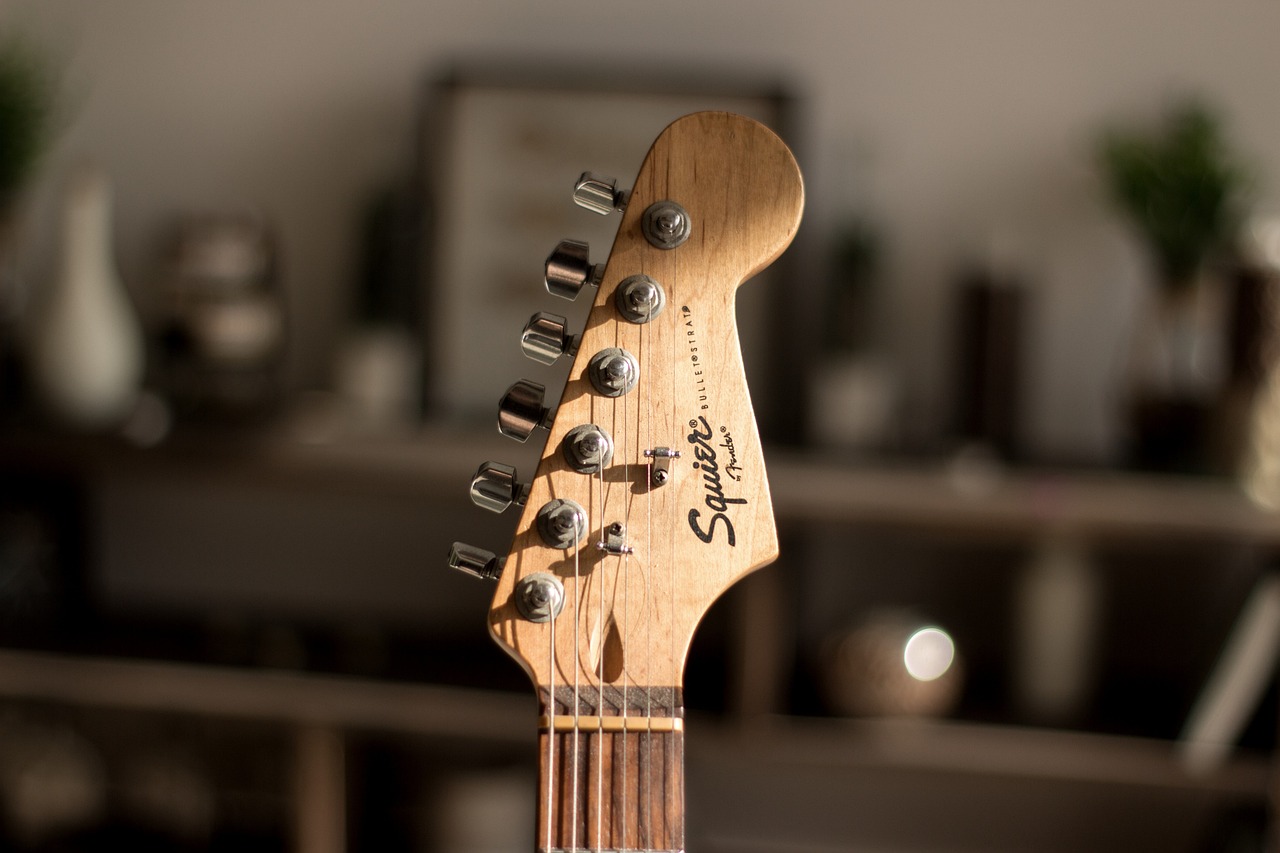Keeping a watchful eye on your little one is a top priority for any parent. The right baby monitor can provide peace of mind, allowing you to stay connected and informed while your baby sleeps or plays. From basic audio monitors to advanced video systems with features like movement tracking and temperature sensors, the world of baby monitors offers a wide range of options to suit different needs and budgets. This guide will walk you through the different types of baby monitors, key features to consider, and tips for choosing the best option for your family.
Types of Baby Monitors
Choosing the right type of baby monitor depends on your specific needs and lifestyle. Each type offers a different set of features and functionalities.
Audio Monitors
Audio monitors are the simplest and most affordable type. They transmit sound from the baby’s room to a parent unit, allowing you to hear your baby’s cries or coos.
- Benefits:
Affordable and easy to use.
Long battery life.
Minimal interference compared to older models.
- Example: A basic audio monitor can be ideal for parents who live in smaller homes and primarily need to hear their baby.
- Considerations: Limited to audio only; no visual confirmation of baby’s well-being.
Video Monitors
Video monitors provide both audio and visual monitoring of your baby. They consist of a camera placed in the baby’s room and a parent unit with a screen.
- Benefits:
Visual confirmation of baby’s well-being.
Some models offer pan, tilt, and zoom functionality.
Many include features like temperature sensors and two-way communication.
- Example: A video monitor with pan, tilt, and zoom is perfect for larger rooms or nurseries where the baby might move around in the crib.
- Considerations: Can be more expensive than audio monitors; battery life can vary.
Wi-Fi Monitors
Wi-Fi baby monitors connect to your home’s Wi-Fi network, allowing you to view your baby from your smartphone or tablet.
- Benefits:
Remote viewing from anywhere with an internet connection.
Often includes advanced features like movement alerts and sound detection.
* Can be integrated with other smart home devices.
- Example: A Wi-Fi monitor is ideal for parents who travel frequently or want to check on their baby while at work.
- Considerations: Requires a stable Wi-Fi connection; security concerns may arise if the network is not properly secured.
Key Features to Consider
Beyond the basic type of monitor, various features can significantly enhance your monitoring experience.
Range and Connectivity
The range of the baby monitor is crucial, especially in larger homes.
- DECT Technology: Digital Enhanced Cordless Telecommunications (DECT) technology provides a secure and interference-free connection.
- Wi-Fi Stability: For Wi-Fi monitors, ensure a strong and stable Wi-Fi signal in the baby’s room.
- Practical Tip: Test the monitor’s range in different areas of your home before relying on it. Some models claim impressive ranges, but real-world performance can vary.
Display and Camera Quality
A clear display and high-quality camera are essential for video monitors.
- Resolution: Look for a monitor with a high-resolution display (at least 720p) for a clear image.
- Night Vision: Infrared night vision allows you to see your baby clearly in low-light conditions.
- Pan, Tilt, and Zoom: These features allow you to remotely adjust the camera’s view to see more of the room.
Additional Features
Many baby monitors come with extra features that can be helpful.
- Two-Way Communication: Allows you to talk to your baby from the parent unit, which can be soothing.
- Temperature Sensors: Monitors the temperature in the baby’s room and alerts you if it gets too hot or cold.
- Sound and Movement Detection: Alerts you when the baby makes noise or moves, even if you’re not actively watching.
- Lullabies and White Noise: Some monitors can play soothing sounds or lullabies to help your baby fall asleep.
Safety and Security
Safety and security are paramount when choosing a baby monitor.
Secure Connections
- DECT Technology: Offers a more secure connection compared to analog monitors, reducing the risk of eavesdropping.
- Encrypted Wi-Fi: For Wi-Fi monitors, ensure the connection is encrypted with WPA2 or WPA3 to protect against unauthorized access.
- Firmware Updates: Regularly update the monitor’s firmware to patch security vulnerabilities.
Physical Safety
- Cord Placement: Keep cords away from the crib to prevent strangulation hazards.
- Mounting: Securely mount the camera to prevent it from falling and causing injury.
- Placement: Place the camera out of the baby’s reach to prevent them from tampering with it.
Data Privacy
- Read the Privacy Policy: Understand how the monitor collects and uses your data.
- Change Default Passwords: Immediately change the default password on the monitor and any associated accounts.
- Two-Factor Authentication: Enable two-factor authentication for added security.
Choosing the Right Baby Monitor for Your Needs
Consider your specific needs and preferences when selecting a baby monitor.
Assess Your Needs
- Home Size: Larger homes may require monitors with longer range.
- Lifestyle: Active parents may benefit from a Wi-Fi monitor for remote viewing.
- Budget: Set a budget and prioritize features that are most important to you.
- Specific Concerns: If you’re particularly concerned about SIDS risk, consider a monitor with breathing or movement detection.
Read Reviews and Compare Models
- Online Reviews: Read reviews from other parents to get an idea of the monitor’s performance and reliability.
- Comparison Charts: Use comparison charts to compare different models side-by-side.
- Expert Recommendations: Consult with parenting experts or websites for recommendations.
Trial Period and Warranty
- Return Policy: Choose a retailer with a generous return policy in case the monitor doesn’t meet your needs.
- Warranty: Look for a monitor with a comprehensive warranty to protect against defects.
- Test before Relying: Test all the features and functions of the monitor before relying on it completely.
Conclusion
Choosing the right baby monitor is a crucial decision for new parents. By understanding the different types of monitors, key features to consider, and safety precautions to take, you can make an informed choice that provides peace of mind and helps you stay connected with your little one. Whether you opt for a simple audio monitor or a sophisticated Wi-Fi system, prioritize safety, security, and features that align with your family’s needs and lifestyle. Remember to read reviews, compare models, and test the monitor before relying on it completely. With the right baby monitor, you can confidently navigate the early years of parenthood.




